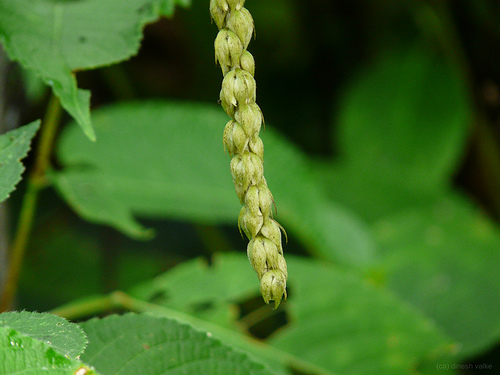Nutrition
HOW DO VELVET BEANS GET THEIR FOOD?
Like most other plants, the velvet bean is autotrophic, which means it makes its own food through the process of photosynthesis. Plants use carbon dioxide, water, and light energy and convert them into an energy source called glucose.
This is the chemical reaction for photosynthesis. It shows carbon dioxide and water being turned into sugar (glucose) and oxygen, with the help of light energy.
Photosynthesis, which takes place in an organelle, called the chloroplast, is made up of two stages known as the light dependent reactions and light independent reactions, or the Calvin cycle. The light reactions take place in the thylakoid membrane, while the Calvin cycle occurs in the stroma. The light reactions use solar energy from the sun to make ATP and NADPH, which supply the chemical energy used in the Calvin cycle. The Calvin cycle changes the carbon dioxide into organic molecules, which are then converted into glucose.
This shows the light and dark reactions
of photosynthesis taking place.
Now that we know how the food is made, you may be wondering how this food is transported through the velvet bean. The transport system of Mucuna pruriens is very complex. It is made up of two types of tissues called xylem and phloem.
The xylem is responsible for transporting water and minerals that are absorbed through the roots of the plants throughout the tissues. This process is called transpiration. Water is evaporated from the leaves through the stomata, so the leaf cells pull water up through the xylem, which in turn, pulls the water up from the ground. The process of transporting water does not require energy, while the process of transporting food does in the form of ATP (Adenosine Triphospate).
Plants transport food made in the leaves via photosynthesis in the long narrow tubes called sieve tube elements. Adjacent to each sieve tube element is a companion cell. These companion cells helps load sugars into the sieve-tube elements, which then transport the sugars to the other parts of the plants using ATP.
Photo provided by Dinesh Valke
To find out how to plant and grow velvet bean, click Reproduction.


